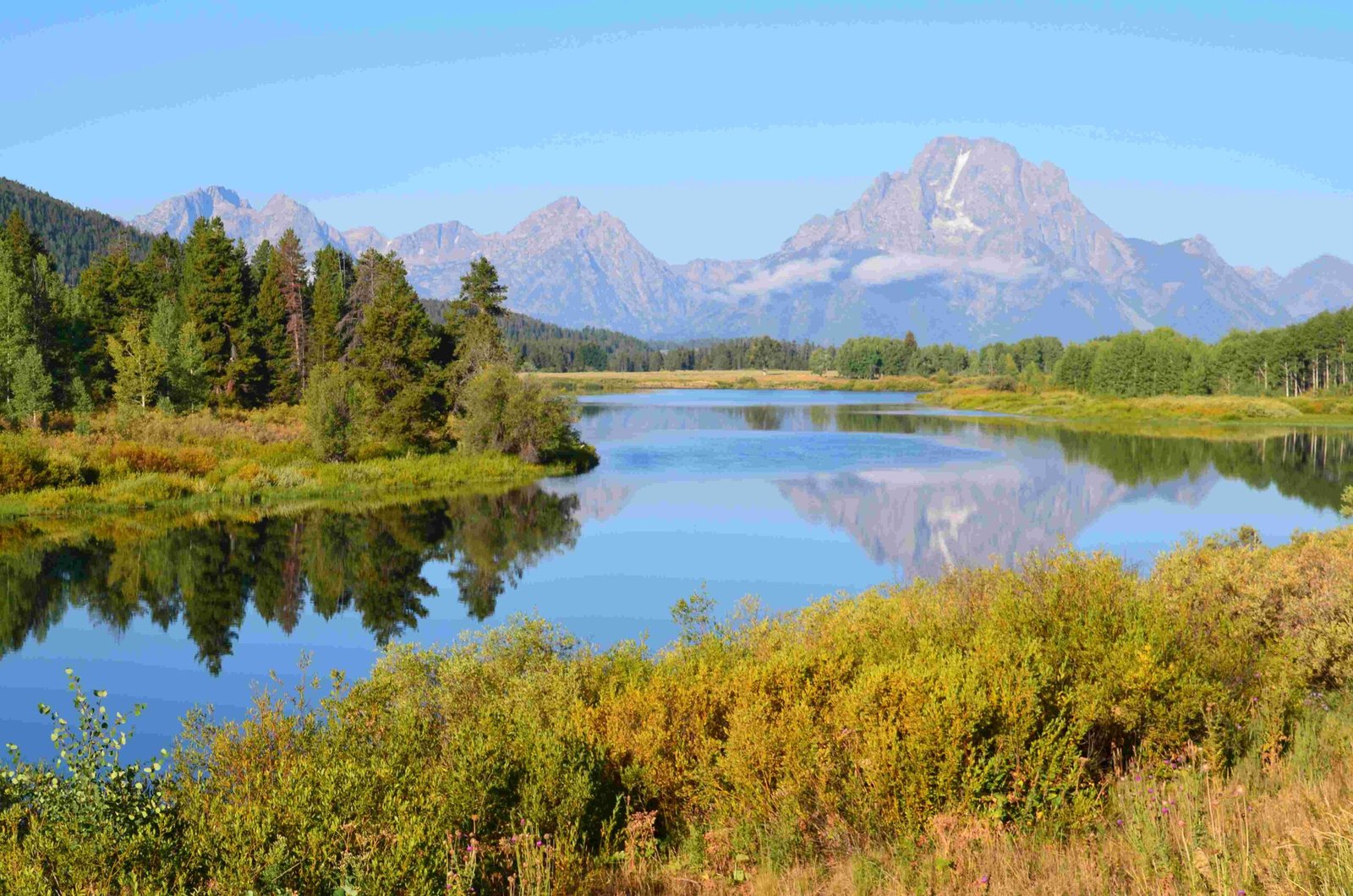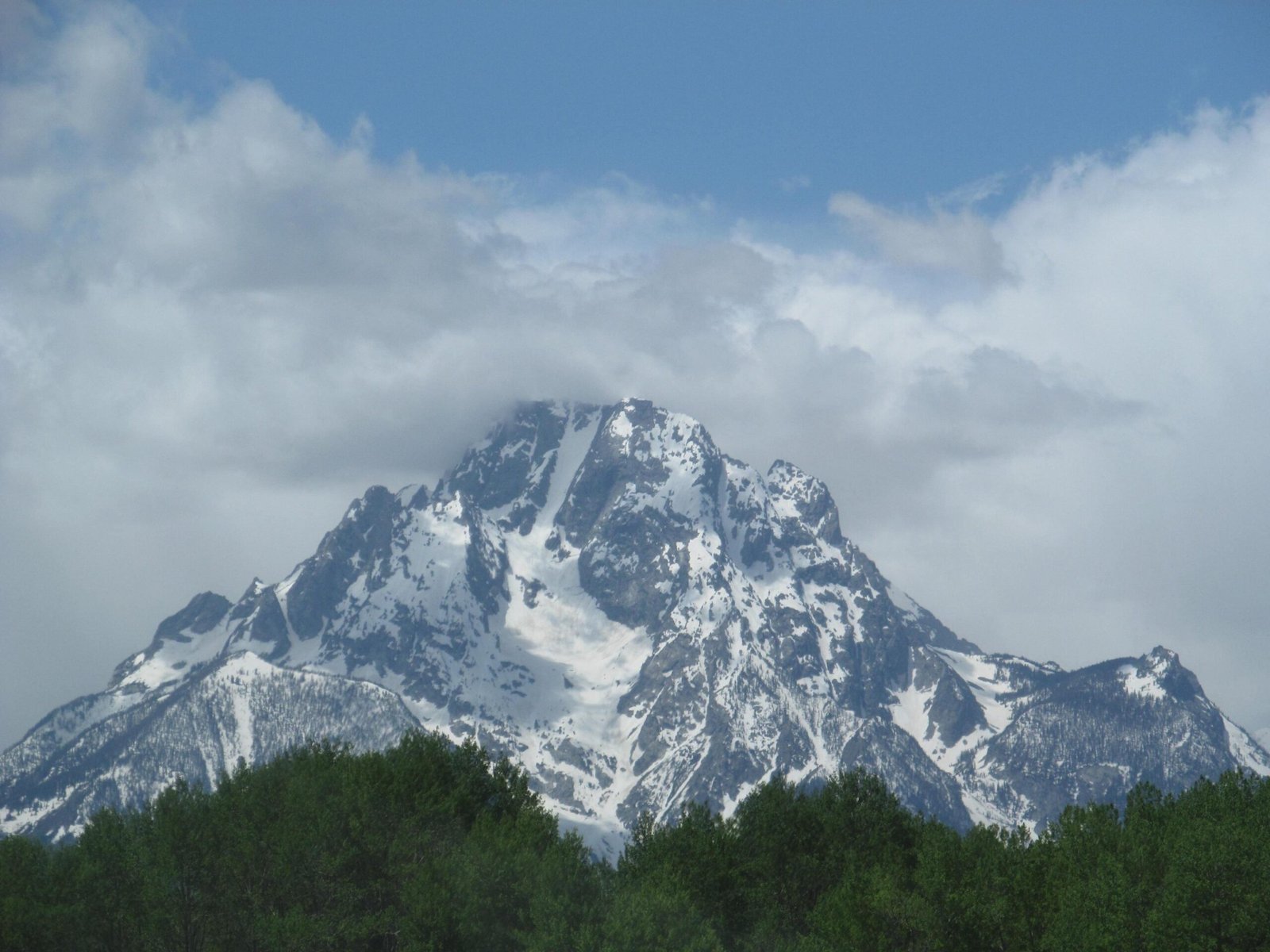Grand Teton National Park offers adrenaline seekers a breathtaking cliff jumping experience, with Phelps Lake’s iconic jumping rock standing as the premier destination for thrill-seekers. Nestled in Wyoming’s stunning mountain landscape, this natural playground provides a perfect blend of scenic beauty and heart-pounding adventure, attracting outdoor enthusiasts from around the world who seek an unforgettable aquatic challenge.
What Makes Cliff Jumping Unique in Grand Teton?

Cliff jumping in Grand Teton National Park is not just an extreme sport, but a carefully orchestrated dance with nature that requires skill, preparation, and respect for the environment. The park’s unique geological formations and pristine water bodies create an unparalleled jumping experience.
Where Can You Find the Best Cliff Jumping Spots?
| Location | Height | Difficulty | Accessibility |
|---|---|---|---|
| Phelps Lake Jumping Rock | 30 feet | Moderate | Moderate |
| Death Canyon Trail Access | Variable | Advanced | Challenging |
| Laurance S. Rockefeller Preserve | 25-30 feet | Beginner-Moderate | Easy |
What Safety Precautions Should Jumpers Take?
- Water Assessment
- Check water depth thoroughly
- Look for underwater obstacles
-
Assess current and temperature
-
Personal Preparation
- Wear appropriate swimming gear
- Carry emergency communication device
- Bring bear spray
- Inform someone about your jumping plans
How to Reach Phelps Lake Jumping Rock?
Accessing the famous jumping rock requires choosing between two primary trails:
- Laurance S. Rockefeller Preserve Trail
- 5.9 miles round trip
- Relatively flat terrain
- Suitable for casual hikers
-
Starts at LSRP Visitor Center
-
Death Canyon Trail
- 5 miles round trip
- Significant elevation changes
- Requires high-clearance vehicle
- More challenging route
What Wildlife Considerations Exist?
Grand Teton’s ecosystem demands extreme caution:
- Black bears frequently inhabit the area
- Use bear bells to signal your presence
- Maintain a safe distance from wildlife
- Carry bear spray as a precautionary measure
When Is the Best Time for Cliff Jumping?
| Month | Conditions | Recommendation |
|---|---|---|
| June-August | Warmest temperatures | Optimal jumping season |
| September-October | Cooler water | Advanced jumpers only |
| November-May | Closed/Frozen | Not recommended |
What Legal Considerations Exist?
- No specific cliff jumping permits required
- Follow Leave No Trace principles
- Adhere to National Park Service regulations
- Respect environmental conservation guidelines
Pro Tips for an Epic Cliff Jumping Experience
- Start with lower heights if you’re a beginner
- Always jump feet-first
- Check water conditions meticulously
- Never jump alone
- Respect local guidelines and ranger instructions
Important Warning: Cliff jumping involves significant risks. Always prioritize personal safety and be prepared for potential emergencies.
Reference:


